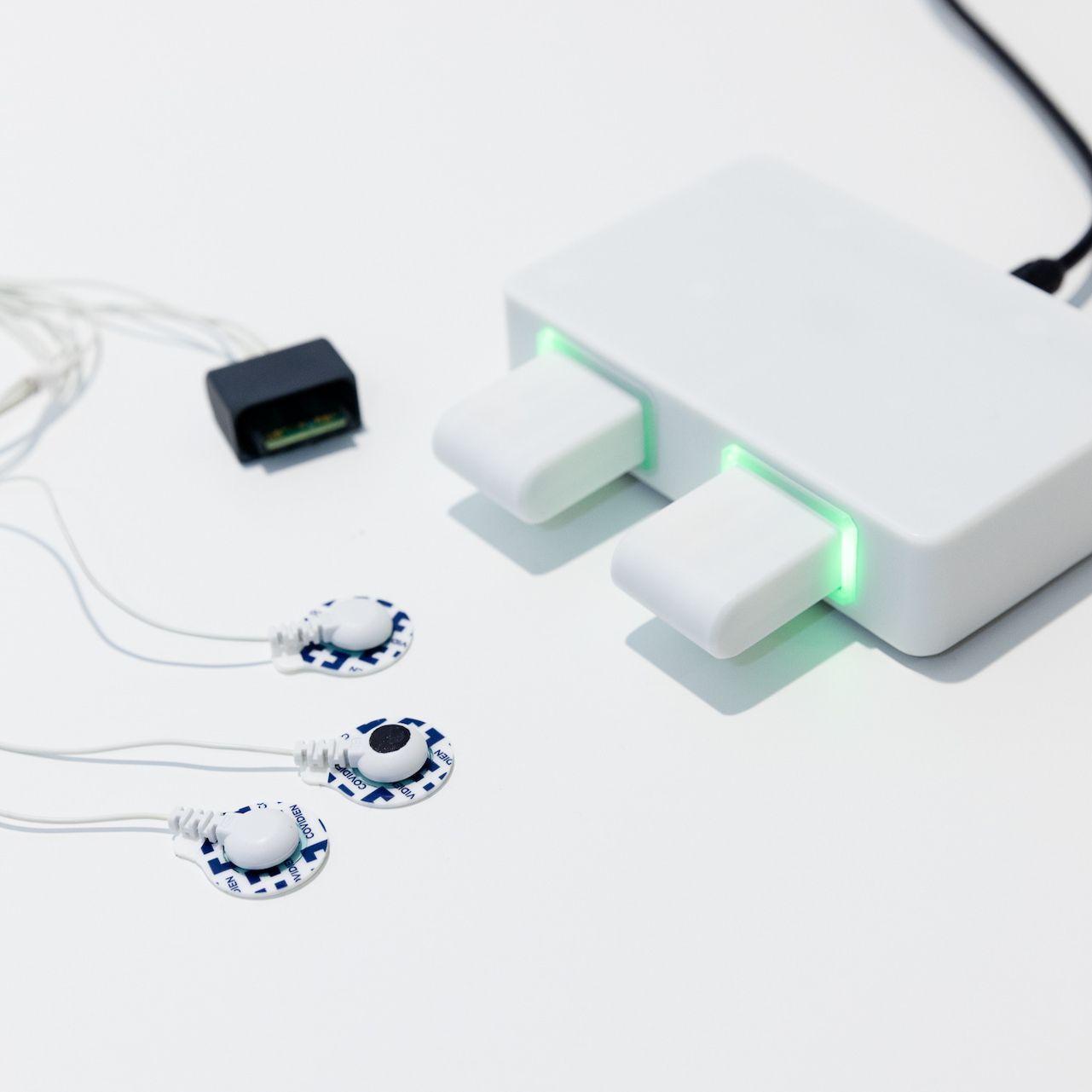
Non-Invasive Insight
Surface EMG of the diaphragm offers direct, non-invasive access to neural respiratory drive. This is ideal for dynamic patient monitoring.
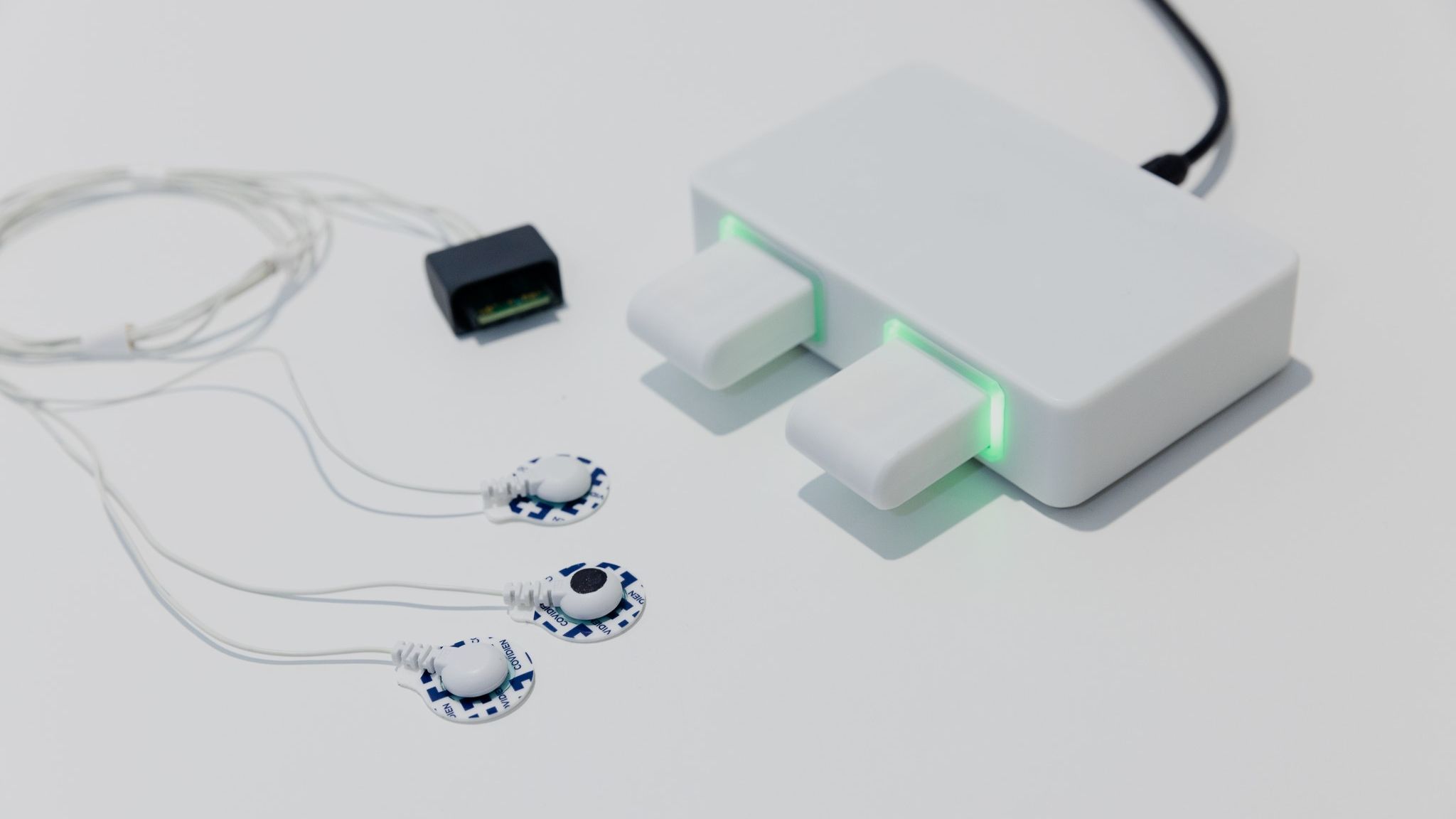
Apneas of prematurity are highly prevalent, affecting nearly 100% of newborns under 28 weeks and around 50% of those at 33–34 weeks gestation1. These episodes pose a serious risk to neonatal health, often leading to critical oxygen desaturation and potentially long-term neurodevelopmental complications2,3. Both central and obstructive apneas are commonly observed in preterm infants and require distinct treatment strategies4.
The algorithm is designed to detect early signs of apnea and assist in classifying central versus obstructive types. Which each require distinct clinical treatment. By capturing the neural respiratory drive directly through diaphragm sEMG, it shortens the time between apnea occurrence and effective intervention. Compared to conventional methods that rely on secondary symptoms like oxygen desaturation or bradycardia, this approach enables faster, more targeted clinical responses.


Surface EMG of the diaphragm offers direct, non-invasive access to neural respiratory drive. This is ideal for dynamic patient monitoring.
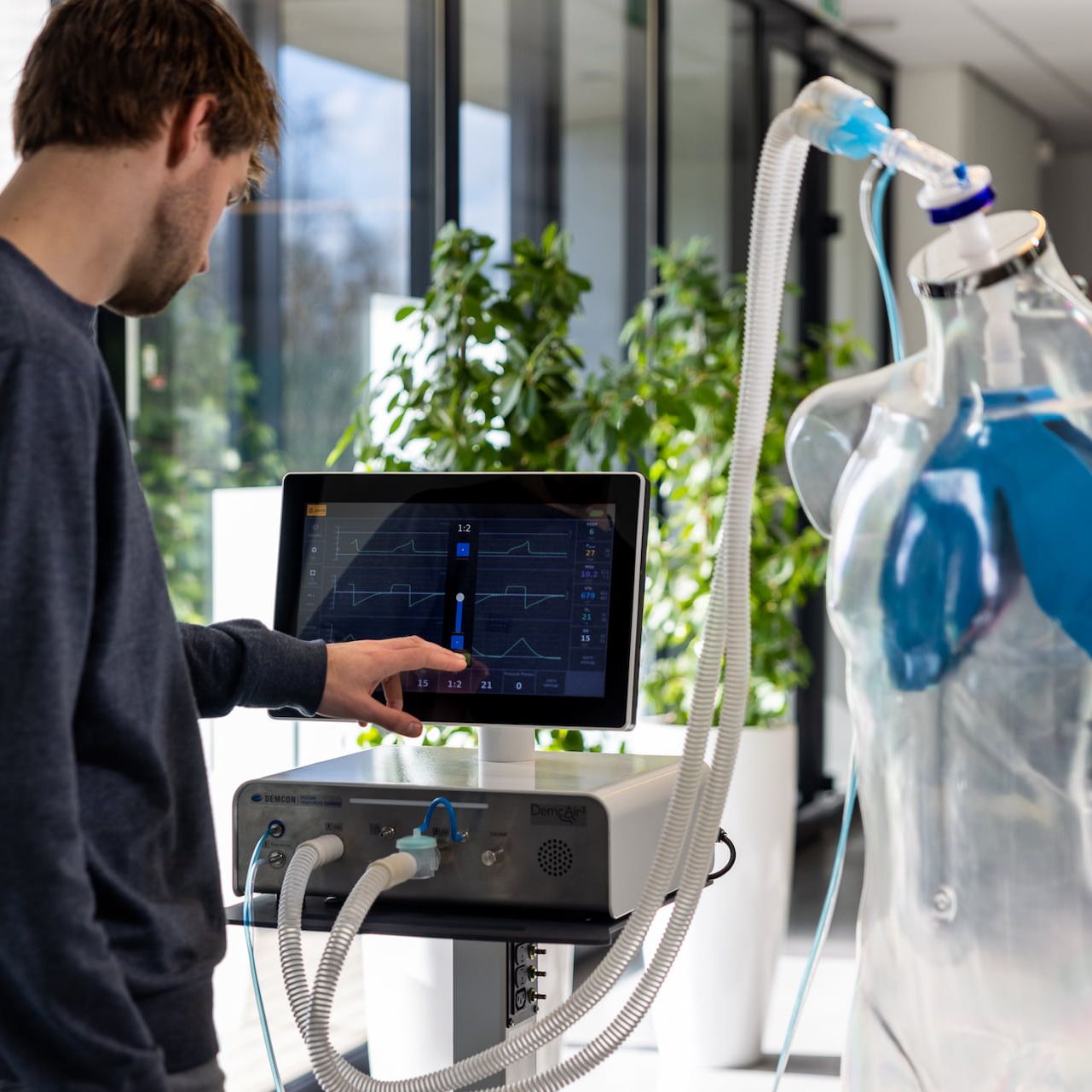
Real-time monitoring of neural respiratory drive enhances understanding of patient condition and therapy response.
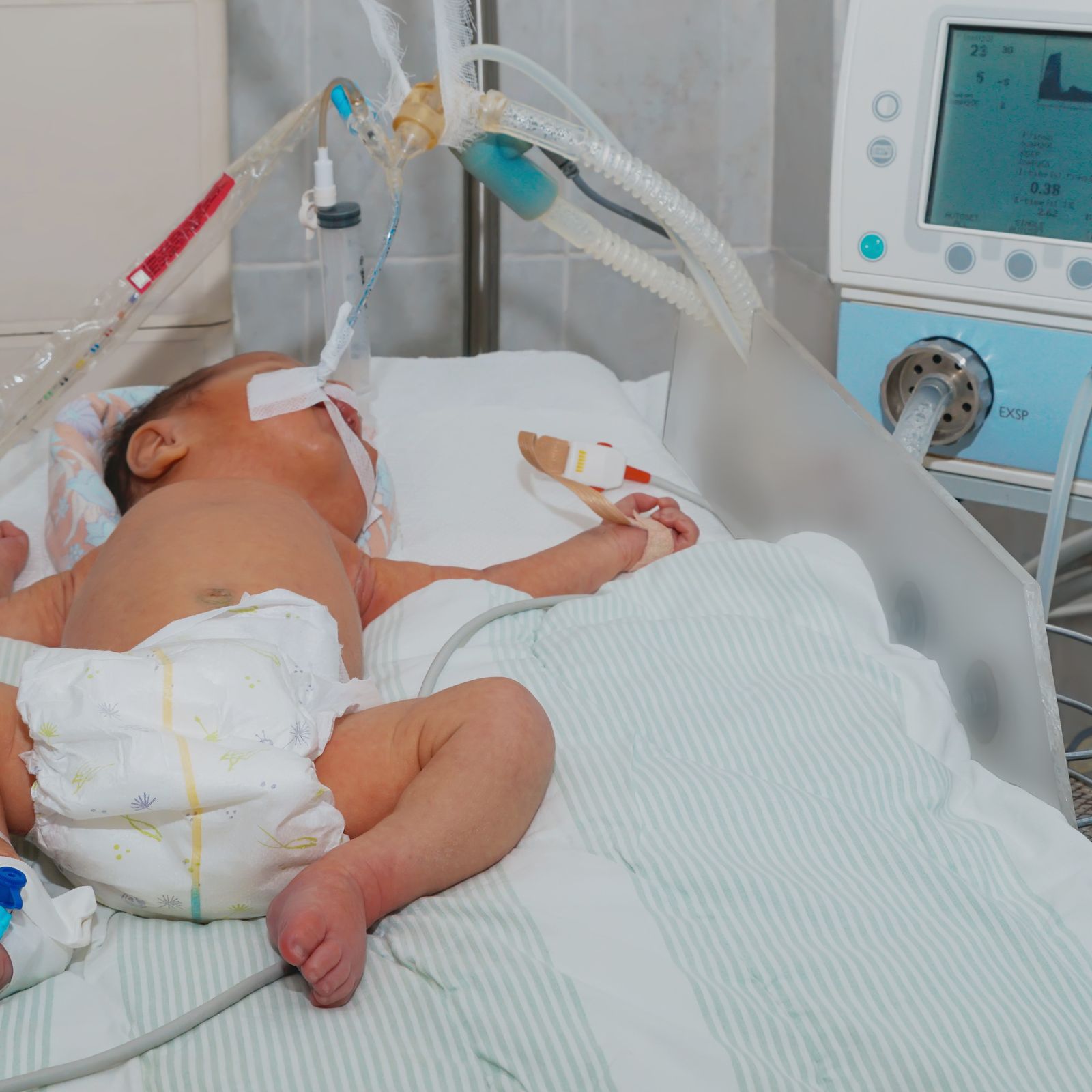
Dual-function sEMG monitoring of diaphragm and heart—SERA enables precise, non-invasive cardiorespiratory insights.
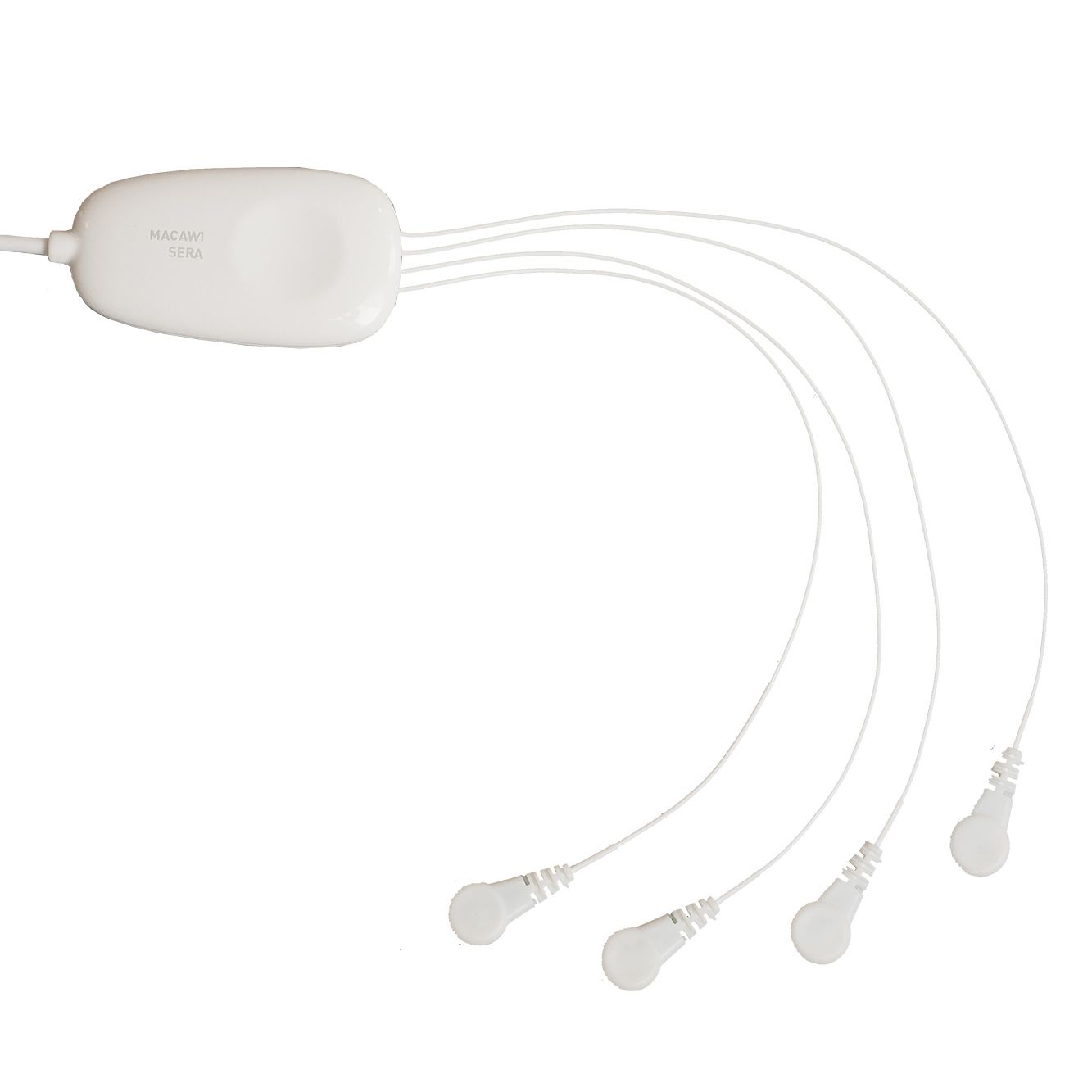
Intuitive setup with familiar ECG-like design, just one extra lead for powerful dual-function monitoring.

The Macawi SERA sensor can be used in all patient groups. Ranging from the smallest preterms to the largest adults in ICU-environments.
N1. Regenbogen E, Zhang S, Yang J, Shroyer A, Zhu C, DeCristofaro J. Epidemiological trends among preterm infants with apnea. A twelve-year database review. Int J Pediatr Otorhinolaryngol. 2018 Apr;107:86-92. doi: 10.1016/j.ijporl.2018.01.036. Epub 2018 Jan 31. PMID: 29501318.
N2. Apnea of Prematurity and Oxidative Stress: Potential Implications
N3. Long Term Developmental Consequences of Short Apneas and Periodic Breathing in Preterm Infants - PMC
N4. Prematurity and obstructive sleep apnea in children: The perfect storm - ScienceDirect